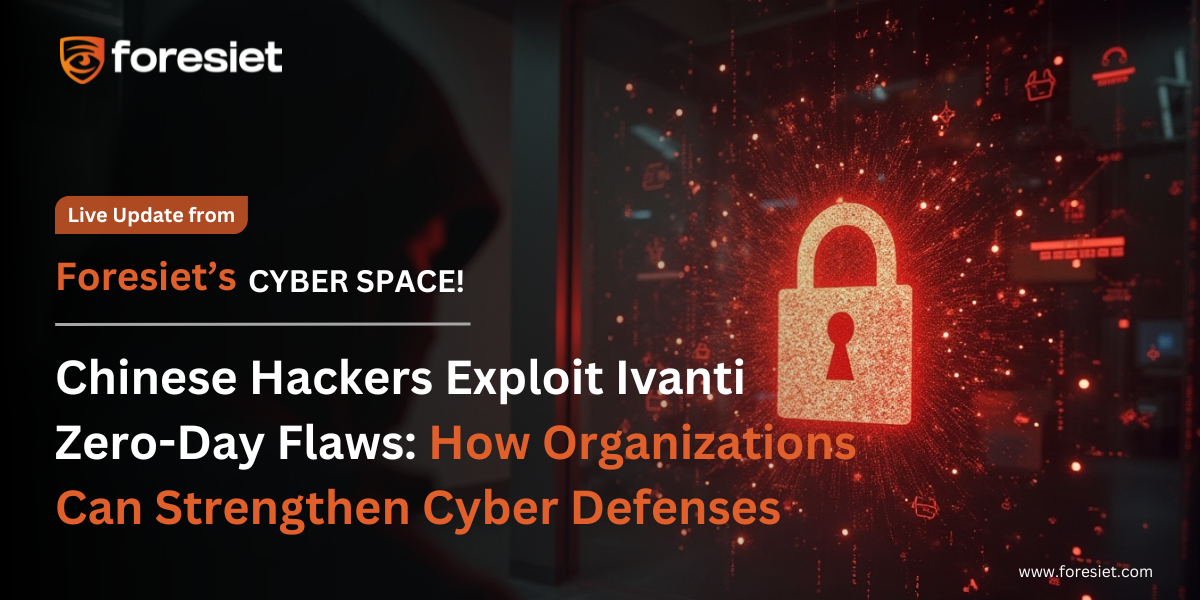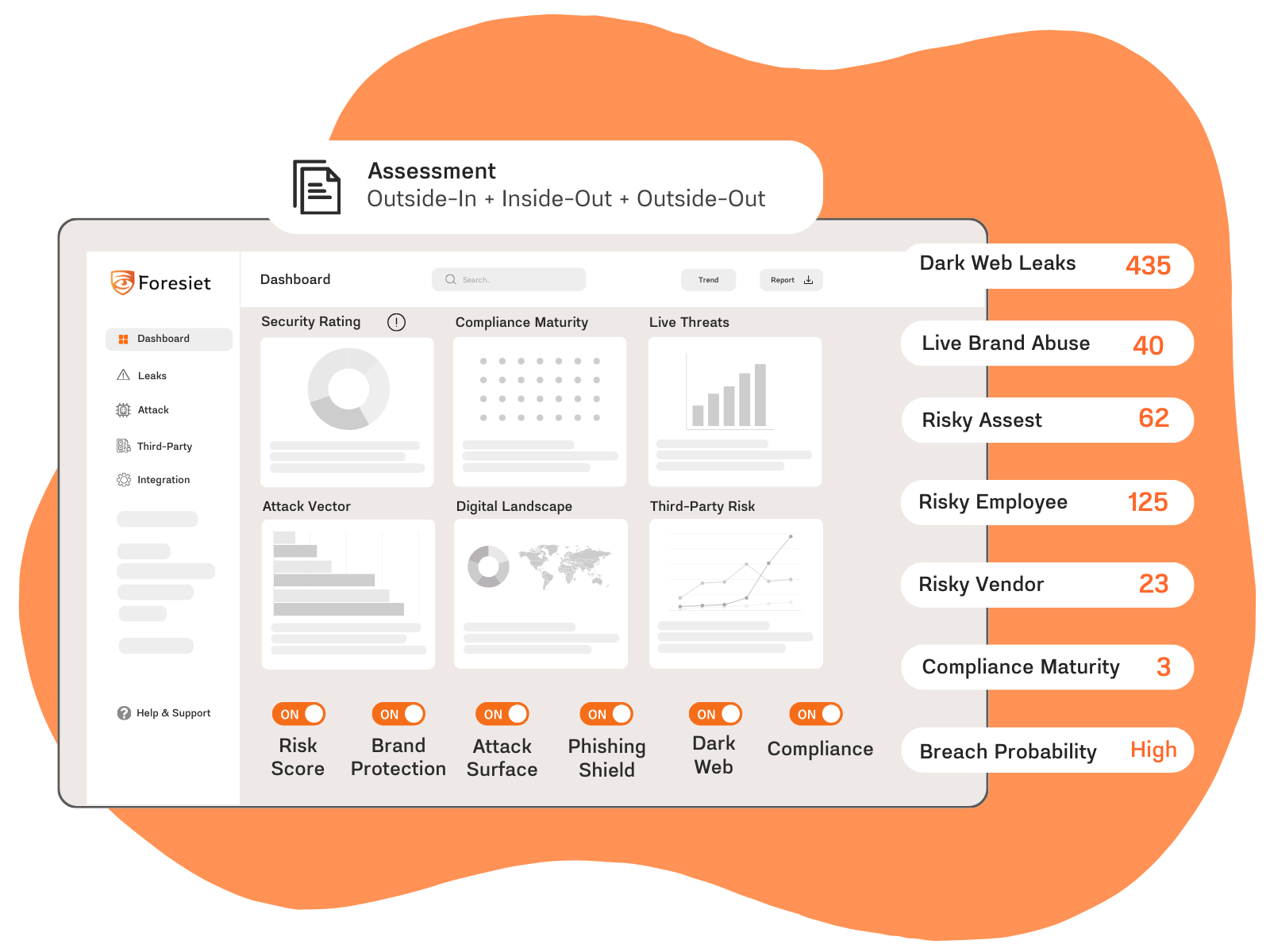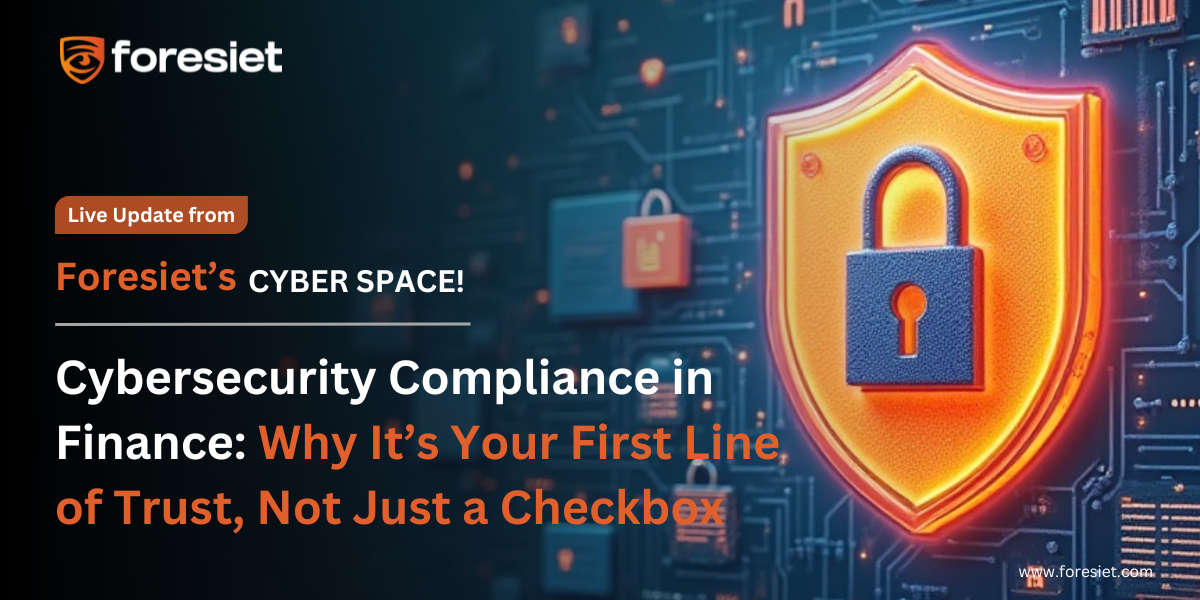Chinese Hackers Exploit Ivanti Zero-Day Flaws: How Organizations Can Strengthen Cyber Defenses

Introduction
The evolving threat landscape continues to test cybersecurity defenses worldwide. In a recent revelation, the French National Agency for the Security of Information Systems (ANSSI) disclosed that a sophisticated Chinese threat group exploited zero-day vulnerabilities in Ivanti Cloud Services Appliance (CSA) devices. The coordinated attack impacted key sectors including government, telecommunications, finance, and transportation. This high-profile campaign highlights the urgent need for continuous digital risk rating and proactive threat intelligence services to defend against evolving cyber threats.
The Ivanti CSA Exploits: What Happened?
The cyber campaign, first detected in September 2024, has been attributed to a Chinese-linked group known as Houken. Sharing operational similarities with UNC5174 (tracked by Mandiant as Uteus), Houken utilized a multi-layered attack strategy:
- Exploited three Ivanti CSA vulnerabilities (CVE-2024-8963, CVE-2024-9380, CVE-2024-8190) as zero-day exploits.
- Deployed PHP web shells and modified PHP scripts to maintain unauthorized access.
- Installed a sophisticated rootkit (sysinitd.ko) for persistence and covert operations.
Tools such as the Behinder web shell, GOREVERSE malware, and the suo5 proxy tunneling utility were used for lateral movement and persistence. Alarmingly, the attackers even patched vulnerabilities post-exploitation to prevent rival threat actors from gaining access.
A Growing Trend: Initial Access Brokers Fueling Cybercrime
ANSSI's analysis suggests Houken may be acting as an initial access broker—gaining entry into networks and then selling this access to other state-linked groups. This business model, seen increasingly across the dark web monitoring space, reflects a broader cybercrime trend where vulnerabilities are exploited by multiple parties for espionage or financial gain.
Targets ranged from government entities and NGOs in Southeast Asia and China to Western media, defense, and telecom sectors—emphasizing the global reach of this operation.
Why Traditional Defenses Fall Short
Relying solely on perimeter defenses or anti-phishing software solutions is no longer enough. Modern cyber threats exploit vulnerabilities before they are publicly disclosed. Without proactive attack surface management and darknet credential leak monitoring, organizations face critical blind spots.
Static security measures fail to:
- Detect stolen credentials before they are sold on the dark web.
- Continuously assess exposure through digital risk rating platforms.
- Identify newly exploited vulnerabilities before attackers weaponize them.
Building an Adaptive Defense: Best Practices
To protect against sophisticated adversaries like Houken and UNC5174, security teams should implement a multi-layered defense strategy:
- Dark Web Monitoring & Threat Intelligence Services:
Continuous surveillance of dark web forums and hacker marketplaces helps organizations detect stolen credentials, compromised assets, and attack plans early. Foresiet’s threat intelligence services enable real-time monitoring of emerging risks.
- Attack Surface Management:
Identify and secure exposed digital assets, from cloud misconfigurations to publicly accessible applications, before adversaries find them.
- Digital Risk Rating & Third-Party Risk Assessment:
Regularly evaluate your organization's and partners' cyber posture. Digital risk rating platforms help quantify exposure, while third-party risk assessments uncover supply chain vulnerabilities.
- Compliance Assessment Services:
Maintain robust cybersecurity hygiene by ensuring compliance with industry regulations and standards, reducing risk across your IT environment.
- Anti-Phishing Software Solutions:
Protect employees and systems from targeted spear-phishing attacks—a common initial vector for many cyber intrusions.
Final Thoughts: Staying Ahead of State-Linked Threats
The Houken campaign serves as a stark reminder that state-linked threat actors continuously evolve their tactics. Organizations must move beyond reactive defenses to embrace proactive, intelligence-driven security strategies. Solutions like Foresiet’s dark web monitoring and digital risk rating services empower cybersecurity teams to identify threats early and mitigate them effectively.
By integrating threat intelligence, attack surface management, and compliance assessment services, enterprises can strengthen their defenses against zero-day exploits, insider threats, and sophisticated adversaries lurking on the dark web.
In today’s rapidly changing threat landscape, cybersecurity resilience depends on staying one step ahead—not waiting for the next breach to happen.
About us!
Foresiet is the pioneering force in digital security solutions, offering the first integrated Digital Risk Protection SaaS platform. With 24x7x365 dark web monitoring and proactive threat intelligence, Foresiet safeguards against data breaches and intellectual property theft. Our robust suite includes brand protection, takedown services, and supply chain assessment, enhancing your organization's defense mechanisms. Attack surface management is a key component of our approach, ensuring comprehensive protection across all vulnerable points. Compliance is assured through adherence to ISO27001, NIST, GDPR, PCI, SOX, HIPAA, SAMA, CITC, and Third Party regulations. Additionally, our advanced antiphishing shield provides unparalleled protection against malicious emails. Trust Foresiet to empower your organization to navigate the digital landscape securely and confidently.
Protect your brand, reputation, data, and systems with Foresiet's Integrated Digital Risk Platform. 24/7/365 threat monitoring for total peace of mind.


July 10, 2025, 9 a.m.
